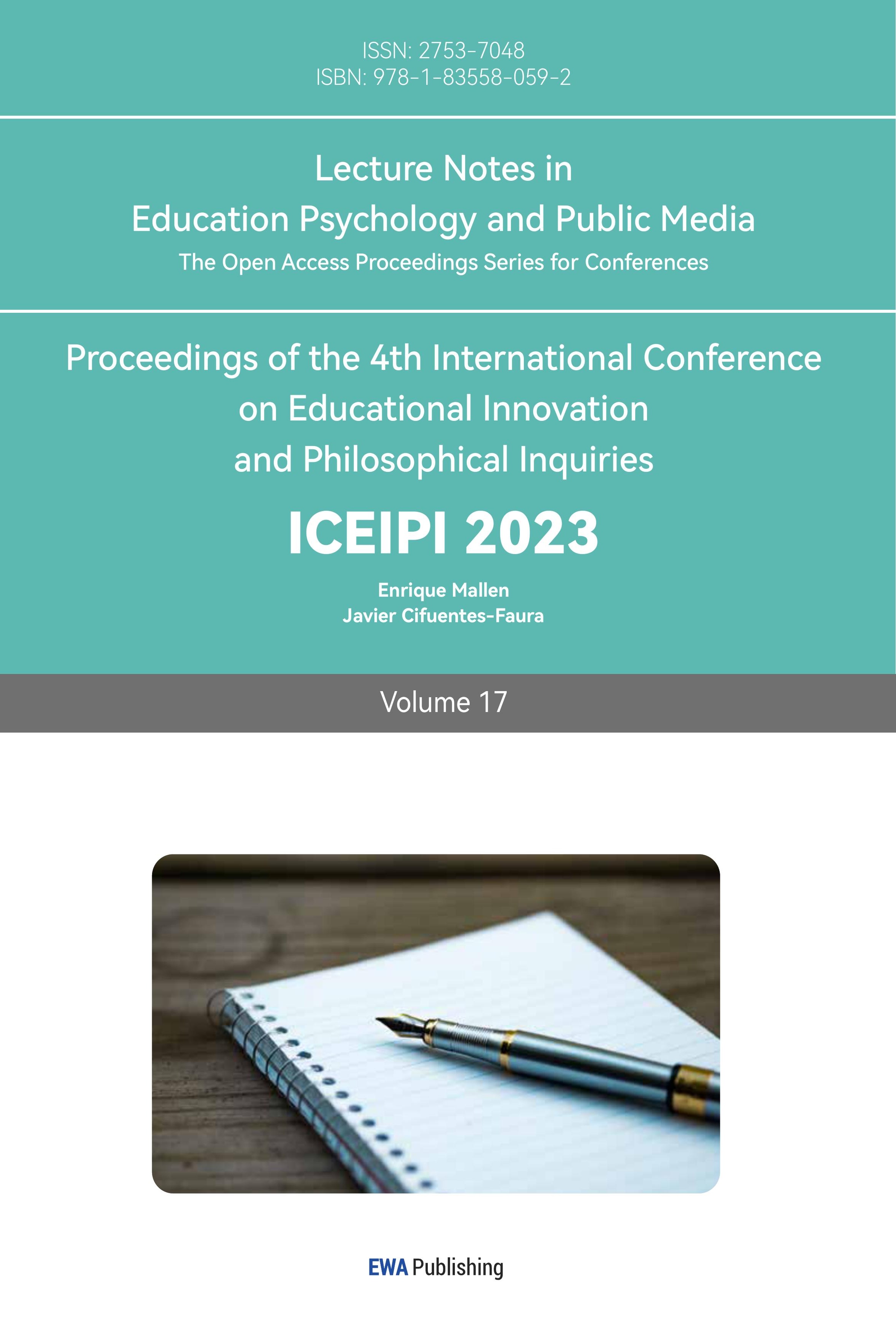References
[1]. Bryan A. Garner. (2004) Black’s Law Dictionary. Stamford: Thomson West.
[2]. Malcolm N. Shaw. (2008) International Law. Cambridge: Cambridge University Press.
[3]. James Crawford. (2019) Brownlie’s Principles of Public International Law. Oxford: OUP Oxford.
[4]. Case Concerning Military and Paramilitary Activities in and against Nicaragua (Nicaragua v. United States of America), Judgement, I.C.J. Reports 1986, p.14., para. 242.
[5]. J. Pictet. (1986) Commentary on the Geneva Conventions of 12 August 1949. Cambridge: Cambridge University Press.
[6]. Ian Brownlie. (1963) International Law and the Use of Force by States. Oxford: Clarendon Press.
[7]. Wild, D. W. BOWETT. (1959) Self-Defense in International Law, Great Britain. Annals of the American Academy of Political & Social Science, 321(1), 149-150.
[8]. Legality of the Threat or Use of Nuclear Weapons, Advisory Opinion, I.C.J. Reports 1996, p. 226., para.26-36.
[9]. Wilmshurst, E. (2006) The Chatham House Principles of International Law on the employment of Force in Self-Defence, International & Comparative Law Quarterly, 55(4), 963-972.
[10]. Corfu Channel case, Judgment, I.C. J. Reports 1949, p. 4.
[11]. Armed Activities on the Territory of the Congo (Democratic Republic of the Congo v. Uganda), Judgment, I.C.J. Reports 2005, p. 168., para. 55-71.
[12]. Blokker, N. (2000) Is the authorization authorized powers and practice of the un security council to authorize the employment of force by coalitions of the able and willing. European Journal of International Law, 11(3), 541-568.
[13]. Application of the Convention on the Prevention and Punishment of the Crime of Genocide, Order, I.C.J. Reports 1993, p. 29.
[14]. Application of the Convention on the Prevention and Punishment of the Crime of Genocide (Bosnia and Herzegovina v. Serbia and Montenegro), Judgment, I.C.J. Reports 2007, p. 43., para.245-277.
[15]. Otto Triffterer. (2008) Commentary on the Rome Statute of the International Criminal Court. Oxford: Hart Publishing.
Cite this article
Zhu,Y. (2023). Reinterpretation of Jurisprudence of the Employment of Force: An Analysis Based on International Treaties, International Legal Precedents and Doctrines. Lecture Notes in Education Psychology and Public Media,17,186-192.
Data availability
The datasets used and/or analyzed during the current study will be available from the authors upon reasonable request.
Disclaimer/Publisher's Note
The statements, opinions and data contained in all publications are solely those of the individual author(s) and contributor(s) and not of EWA Publishing and/or the editor(s). EWA Publishing and/or the editor(s) disclaim responsibility for any injury to people or property resulting from any ideas, methods, instructions or products referred to in the content.
About volume
Volume title: Proceedings of the 4th International Conference on Educational Innovation and Philosophical Inquiries
© 2024 by the author(s). Licensee EWA Publishing, Oxford, UK. This article is an open access article distributed under the terms and
conditions of the Creative Commons Attribution (CC BY) license. Authors who
publish this series agree to the following terms:
1. Authors retain copyright and grant the series right of first publication with the work simultaneously licensed under a Creative Commons
Attribution License that allows others to share the work with an acknowledgment of the work's authorship and initial publication in this
series.
2. Authors are able to enter into separate, additional contractual arrangements for the non-exclusive distribution of the series's published
version of the work (e.g., post it to an institutional repository or publish it in a book), with an acknowledgment of its initial
publication in this series.
3. Authors are permitted and encouraged to post their work online (e.g., in institutional repositories or on their website) prior to and
during the submission process, as it can lead to productive exchanges, as well as earlier and greater citation of published work (See
Open access policy for details).
References
[1]. Bryan A. Garner. (2004) Black’s Law Dictionary. Stamford: Thomson West.
[2]. Malcolm N. Shaw. (2008) International Law. Cambridge: Cambridge University Press.
[3]. James Crawford. (2019) Brownlie’s Principles of Public International Law. Oxford: OUP Oxford.
[4]. Case Concerning Military and Paramilitary Activities in and against Nicaragua (Nicaragua v. United States of America), Judgement, I.C.J. Reports 1986, p.14., para. 242.
[5]. J. Pictet. (1986) Commentary on the Geneva Conventions of 12 August 1949. Cambridge: Cambridge University Press.
[6]. Ian Brownlie. (1963) International Law and the Use of Force by States. Oxford: Clarendon Press.
[7]. Wild, D. W. BOWETT. (1959) Self-Defense in International Law, Great Britain. Annals of the American Academy of Political & Social Science, 321(1), 149-150.
[8]. Legality of the Threat or Use of Nuclear Weapons, Advisory Opinion, I.C.J. Reports 1996, p. 226., para.26-36.
[9]. Wilmshurst, E. (2006) The Chatham House Principles of International Law on the employment of Force in Self-Defence, International & Comparative Law Quarterly, 55(4), 963-972.
[10]. Corfu Channel case, Judgment, I.C. J. Reports 1949, p. 4.
[11]. Armed Activities on the Territory of the Congo (Democratic Republic of the Congo v. Uganda), Judgment, I.C.J. Reports 2005, p. 168., para. 55-71.
[12]. Blokker, N. (2000) Is the authorization authorized powers and practice of the un security council to authorize the employment of force by coalitions of the able and willing. European Journal of International Law, 11(3), 541-568.
[13]. Application of the Convention on the Prevention and Punishment of the Crime of Genocide, Order, I.C.J. Reports 1993, p. 29.
[14]. Application of the Convention on the Prevention and Punishment of the Crime of Genocide (Bosnia and Herzegovina v. Serbia and Montenegro), Judgment, I.C.J. Reports 2007, p. 43., para.245-277.
[15]. Otto Triffterer. (2008) Commentary on the Rome Statute of the International Criminal Court. Oxford: Hart Publishing.









